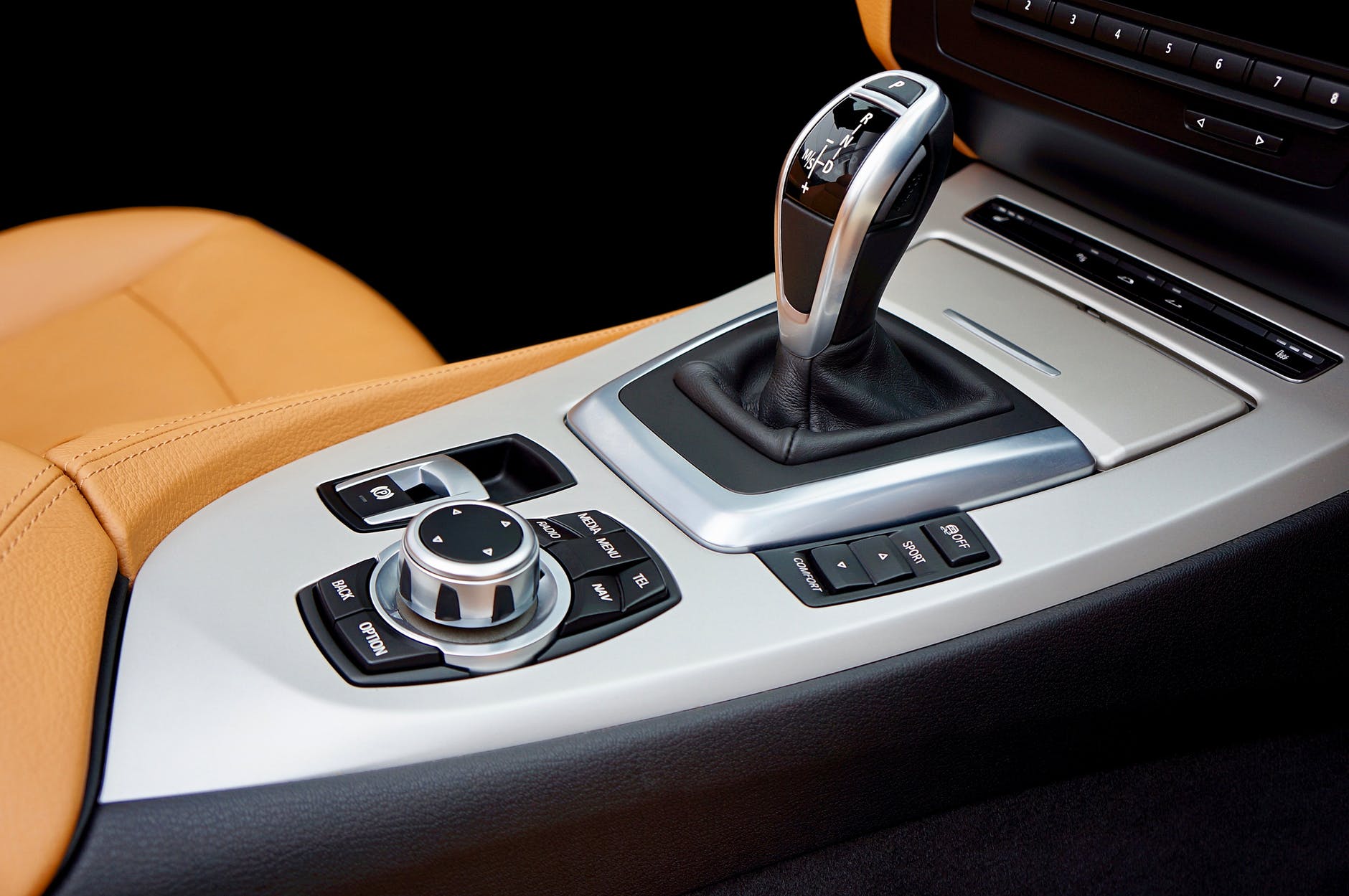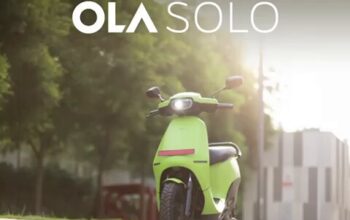The simple answer to that question is it depends on whether you want to be in full control of your car or not. It is a question that is frequently asked by people who embark on driving lessons in Stockport and in fact the answer to this is not as straightforward as you may think.
One of the first things you need to know is that if you pass your driving test in an automatic car then you won’t be legally allowed to take the wheel of a vehicle that has a manual gearbox unless you were to upgrade your licence. This is an important point, but if you are wondering whether a manual or automatic gearbox is right for you then read on for more information.
What is the difference between a manual and an automatic?
The fundamental difference is that with a manual gearbox your car will have a clutch pedal and gearstick. An automatic car doesn’t have a clutch pedal – only a brake pedal and accelerator pedal – and no gearstick.
Most modern manual cars have 4, 5 or 6 gears plus reverse whereas an automatic car has 4 modes which are Park (P), Reverse (R), Drive (D) and Neutral (N).
Pros and cons of a manual gearbox
For:
- Many drivers will tell you that they prefer to have full control of their vehicle; what they mean by this is that the driver decides whether and when to change gear according to the prevailing traffic and road conditions.
- Cars with manual gearboxes are usually cheaper to buy and cheaper to repair if anything goes wrong with the gearbox. They are often slightly more economical on fuel consumption than automatic cars. It is generally easier to find a manual car on sale than an automatic.
- A manual gearbox can allow for greater ‘feel’ of the car and greater autonomy when it comes to selecting the right gear for any situation. This especially advantageous in wintry weather conditions.
- When you pass your driving test in a manual car you are then able to legally drive either a manual or automatic car.
Against:
- When driving in heavy traffic it can be tiring having to constantly change up and down the gears.
Pros and cons of an automatic gearbox
For:
- Driving an automatic car is a great deal easier than driving a manual so if you intend to do mostly urban, stop-start driving it is a lot more relaxing. You are most unlikely to
- stall an automatic car!
- The car decides for itself which gear to be in and there is none of the ‘juddering’ effect which you can sometimes get with manual cars when you get the gear change wrong.
- Hill starts are an absolute breeze with an automatic car so you have none of the fear of stalling or rolling backwards like you could in a manual car.
- When the job of changing gear is taken out of the driver’s hands there is no grinding of gears which means the gearbox is less likely to break.
Against:
- As mentioned earlier, if you pass your test in an automatic car you are then limited to driving only automatic cars. If you then decide that you want to extend your skills to driving a manual car you will have to take another driving test in order to upgrade your license. You can search for an earlier appointment for your driving test using a driving test cancellation app.
- If you do a lot of fast road or motorway driving then an automatic car could be considered a little boring.
- Automatic gearboxes are more efficient, and more fuel-efficient than they used to be.
If you’re still confused, why not get in touch with your local driving instructor to talk it over. They could give you some perspective on life behind the wheel of both types of cars.
Related Posts












